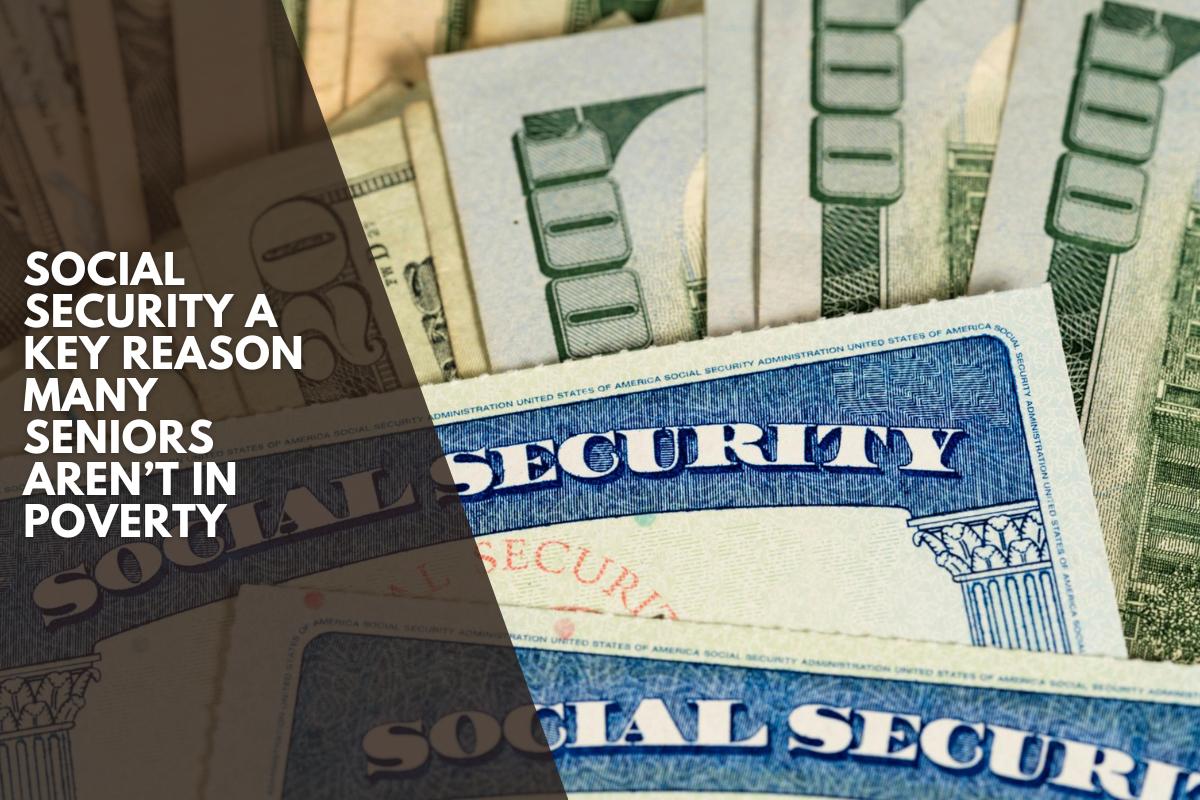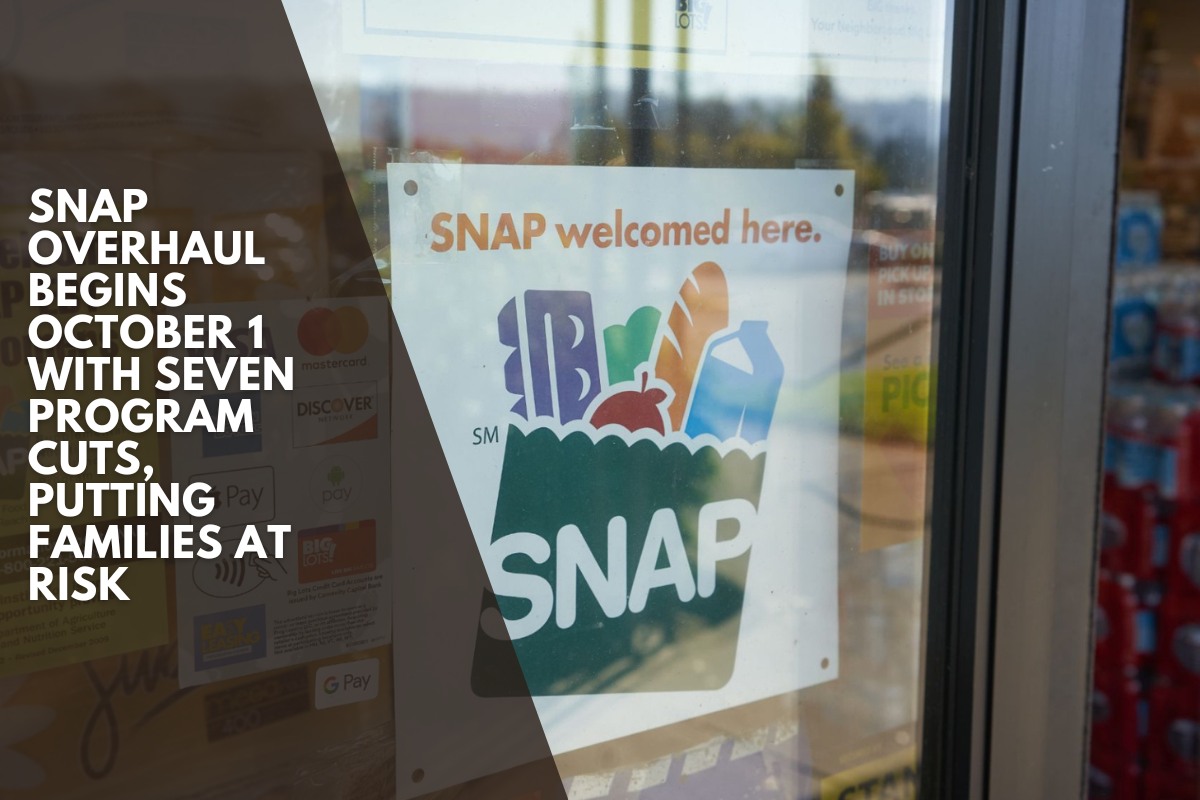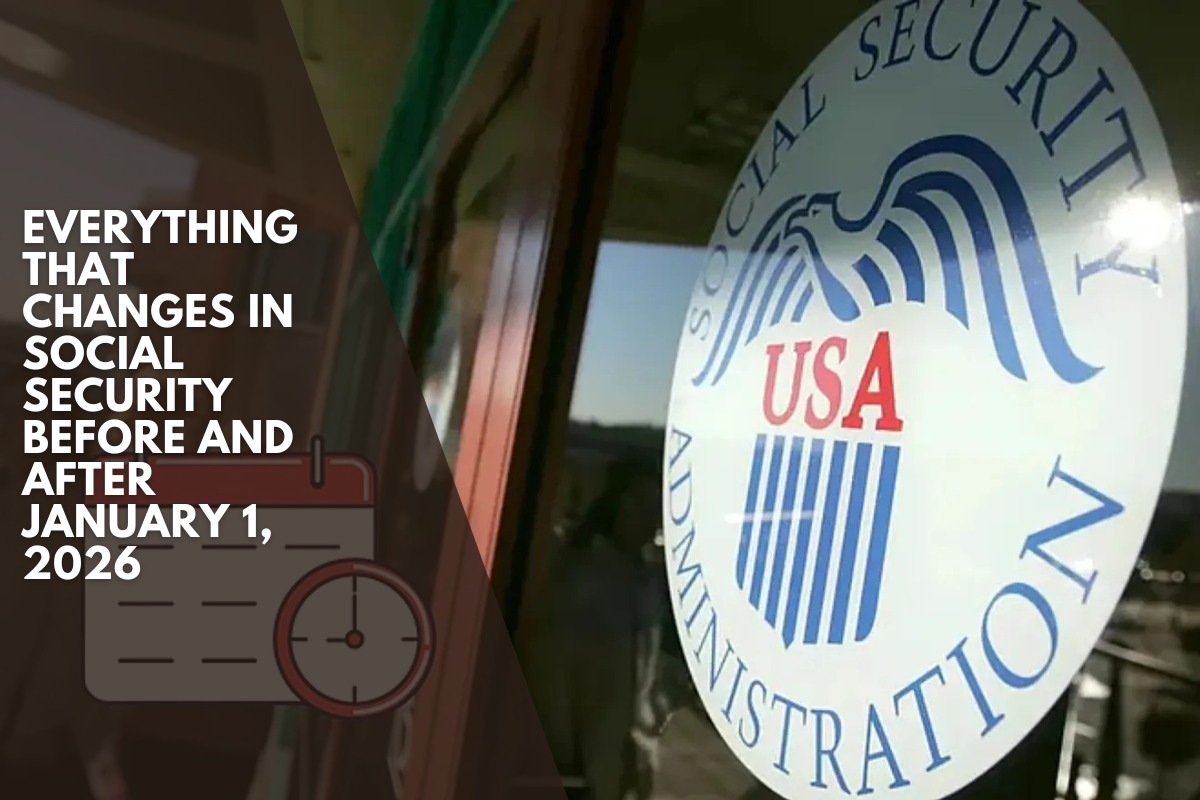Social Security celebrated its 90th anniversary on Thursday. The milestone provides an opportunity to express gratitude for the long-standing social insurance program.
Nearly four generations of Americans have relied on Social Security’s intergenerational promise of mutual support. Personal financial advice would be different—for the worse—without the economic security provided by Social Security.
Social Security, which was signed into law during the Great Depression, provided retired workers with some income security. Coverage was gradually expanded to include self-employed workers, farm laborers, and domestic workers.
The safety-net program provides critical support to people with disabilities and the families of deceased workers. Disability insurance provides critical support to workers who are unable to work due to health issues, whereas survivor benefits ensure that widows, widowers, and dependent children are not left destitute following the death of the breadwinner.
The benefits of Social Security include a significant reduction in poverty among older Americans.
Before the program was implemented, more than half of those aged 65 and up lived in poverty.
The poorhouse was a dreaded symbol of elderly poverty.
In 1871, Harper’s Weekly featured a poem about the poorhouse on its magazine cover: “For I’m old, helpless, and feeble / The days of my youth have gone by / Then over the hill to the poor house / I wander on there to die.”
The poverty rate among older Americans is currently around 10%.
The Census Bureau estimates that Social Security lifts approximately 16 million to 20 million Americans out of poverty each year, including the elderly, people with disabilities, and survivors.
Social Security provides benefits to approximately 97% of eligible older Americans. Retirement benefits are inflation-adjusted, and you cannot outlive your guaranteed income.
Another indicator of program success is their political viability. According to surveys, the general public is very supportive.
Solid majorities believe more money should be spent on Social Security, a view that “holds across income, educational attainment, and political affiliation,” according to the authors of the report “Social Security’s First 90 Years: A History of Bipartisan and Intergenerational Support.”
Yes, Social Security faces financial challenges.
Trust fund reserves will be depleted by the early 2030s, leaving payroll taxes to cover approximately 77% to 80% of promised benefits. The finances of closing the funding gap are manageable in an economy worth more than $30 trillion.
Politicians should address long-term solvency sooner rather than later. When lawmakers finally act, strong bipartisan and intergenerational support suggests that Social Security will be available for future generations to rely on.












